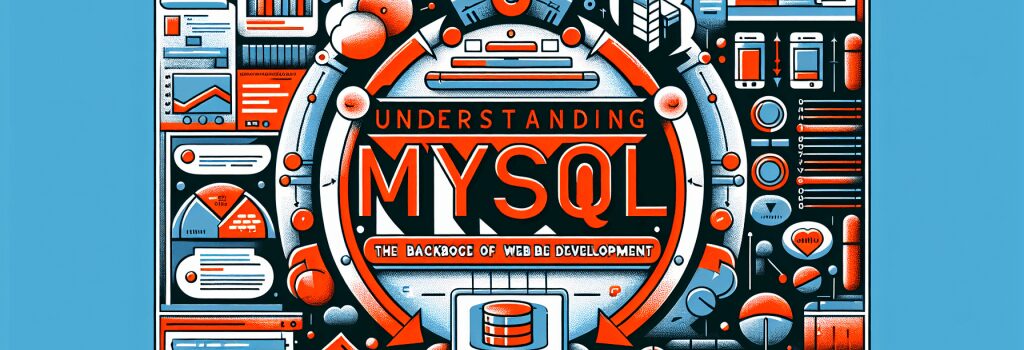Understanding MySQL: The Backbone of Web Development

Understanding MySQL: The Backbone of Web Development
MySQL is a powerful, open-source relational database management system (RDBMS) crucial for managing structured data. It enables you to store, retrieve, and manipulate data, making it a core component for various web applications. In the realm of web development, understanding MySQL can significantly elevate your backend development skills, especially when working with dynamic websites that require frequent data updates.
What is MySQL?
MySQL is renowned for its reliability, scalability, and ease of use. It operates on a client-server model, allowing multiple clients to access and manage the database simultaneously. This robust system is compatible with all major hosting providers, making it an ideal choice for web developers looking to build or manage online applications.
Key Features of MySQL
– Reliability and Performance: MySQL is known for its exceptional performance stability. It comes with a wide range of features that help in ensuring the integrity and reliability of data.
– Scalability: Whether you’re working on a small project or a large enterprise application, MySQL scales effectively to meet the needs of your project.
– Security: With robust data security layers, MySQL ensures that sensitive data is protected from unauthorized access.
– Flexibility: MySQL supports various development languages, including PHP, which is a popular choice for many web developers.
Understanding the Role of MySQL in Web Development
MySQL plays a pivotal role in web development, particularly in backend development where the manipulation of data is fundamental. Here’s how MySQL contributes to web development:
– Dynamic Content Management: MySQL allows for efficient storage and retrieval of data, which can be dynamically displayed on websites. This is crucial for e-commerce sites, blogs, and social networks.
– User Management: It helps in managing user information, preferences, and authentication, thus enhancing the security and personalization of web applications.
– Data Analysis: MySQL provides tools to effectively analyze data, which can help in making informed business decisions and improving website performance.
Getting Started with MySQL
To start using MySQL, you need to understand the basics of creating databases, tables, and running SQL queries. Here are some steps to get started:
1. Install MySQL: You can download and install it from the official MySQL website. Installation tutorials are available to guide you through the process.
2. Understand SQL Syntax: SQL (Structured Query Language) is the language used to interact with MySQL. Familiarity with SQL syntax is essential for creating and managing databases.
3. Create a Database: The first step in using MySQL is to create a database. This serves as the container for all your data.
4. Design and Create Tables: Tables are where your data lives. Design your tables based on the data you plan to store, and create them using SQL commands.
5. Perform CRUD Operations: Learn how to Create, Read, Update, and Delete data in your tables. These operations form the basis of database management.
Integrating MySQL with PHP
Integrating MySQL with PHP can unleash the full potential of dynamic web development. PHP scripts can communicate with MySQL databases to perform sophisticated data operations, rendering customized content to users based on their interactions and preferences.
– Database Connection: Understanding how to establish a secure connection between PHP scripts and MySQL databases is fundamental. This involves configuring PHP with the correct access credentials for MySQL.
– Executing SQL Queries: Learn how to execute SQL queries from PHP scripts to interact with the MySQL database, whether it’s retrieving user data or updating records.
Conclusion
MySQL is an indispensable tool for web developers. Its powerful features and flexibility make it suitable for developing a wide range of web applications. By mastering MySQL, you can enhance the interactivity, functionality, and security of your web projects. Start exploring MySQL today and unlock the potential of dynamic web development.
In doing so, not only will you fortify your backend development skills but also pave the way for creating more robust, efficient, and scalable web applications. Happy coding!


